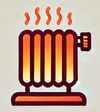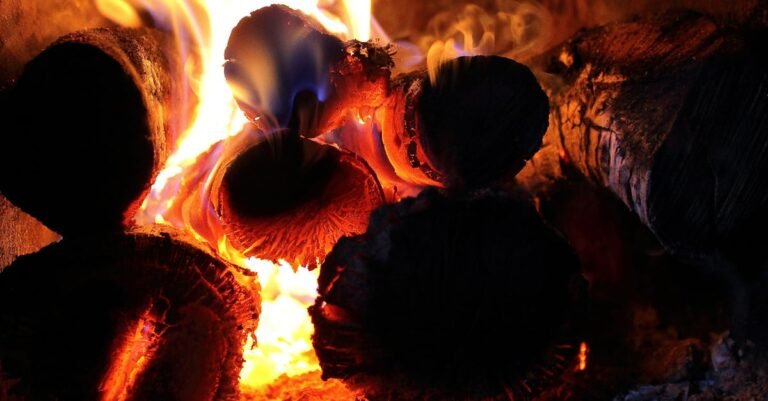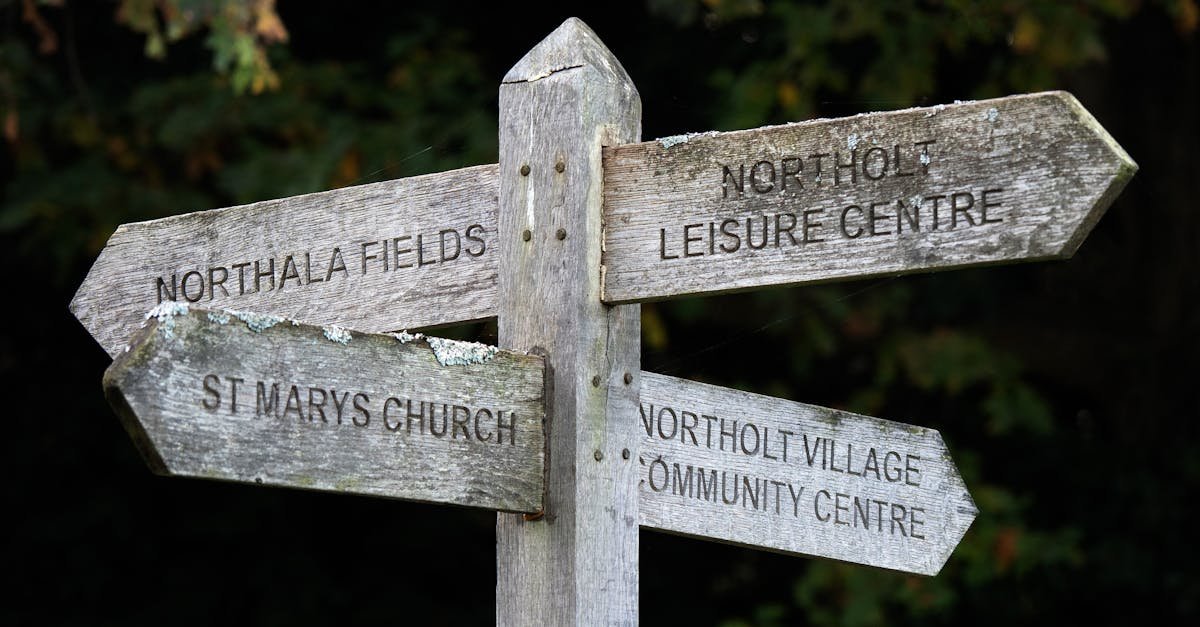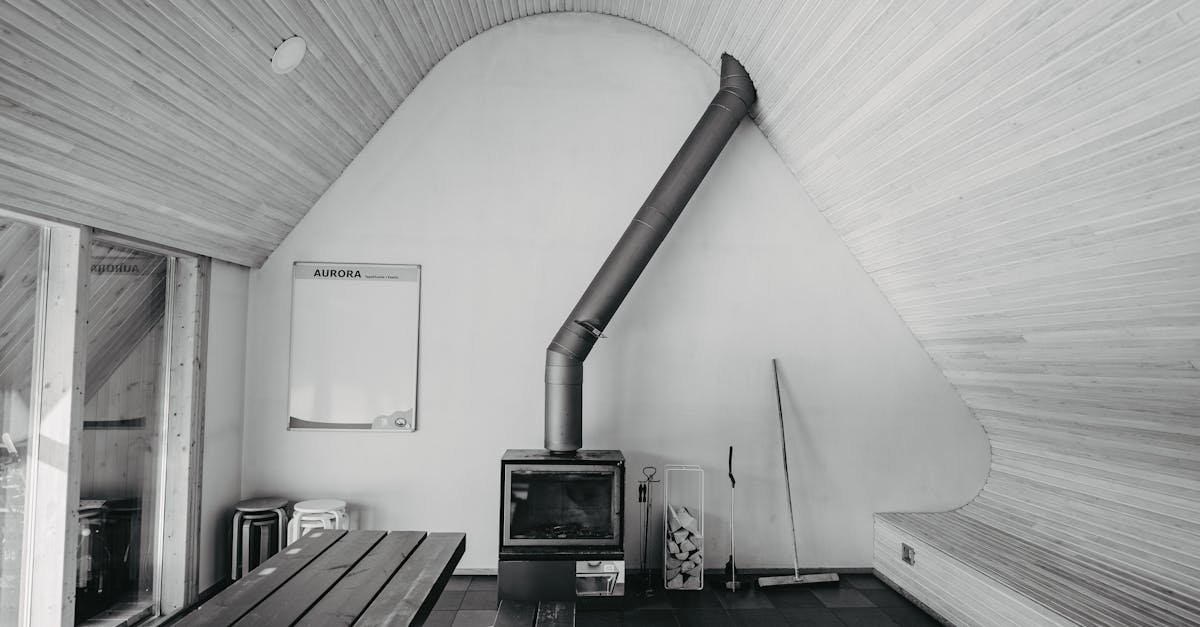Forced air heating expenses can vary widely, but on average, you might expect to pay between $1,000 and $2,500 annually for heating your home. Factors like your home’s size, insulation quality, and local energy prices play a crucial role in determining these costs.
Understanding these expenses is essential for effective budgeting and energy management. By optimizing your heating system and making informed choices, you can significantly reduce your forced air heating costs while staying warm and comfortable throughout the colder months.
Overview of Forced Air Heating
Forced air heating is a common choice for homeowners. It uses a furnace to heat air, which a blower then circulates through ducts. Several factors influence the costs of these heating systems.
Cost of the Furnace
Furnaces vary in price.
- Electric Furnace: Costs range from $1,700 to $7,100, depending on size and features.
- Gas Furnace: Prices range from $3,800 to $10,000. Keep in mind, these figures don’t include ductwork, gas lines, or thermostats.
Installation Costs
Installation costs add to your total expenditure.
- Basic Installation Labor: Labor for a gas furnace typically runs between $1,609 and $1,877, based on site conditions and existing ductwork.
- Total Installation Cost: When you factor in furnace cost and labor, expect to pay between $3,101 and $3,689 per unit.
Understanding these costs helps you budget effectively. Always consider the long-term savings of energy-efficient models.
Costs Associated with Installation
Installation costs for forced air heating can add up quickly. You’ll face several key expenses that impact your overall budget.
Initial Setup Expenses
Initial setup expenses vary widely. On average, the cost for a complete forced air heating system ranges from $3,100 to $7,100. This includes both furnace and ductwork installation. Factors like home size, the type of furnace, and regional labor rates affect these costs. Expect to pay more for larger homes or gas furnaces compared to electric models. Budgeting for potential permits or inspections is also essential, as local laws may require them.
Required Equipment and Materials
You’ll need specific equipment and materials for installation. Common items include:
- Furnace: This is the heart of the system. Expect prices ranging from $1,700 for electric models to $10,000 for high-efficiency gas options.
- Ductwork: Ducts distribute heated air. Installing new ductwork typically costs between $1,000 and $5,000, depending on your home layout.
- Thermostat: A programmable thermostat enhances efficiency. Prices vary from $30 to $300.
- Insulation Materials: Quality insulation is vital for energy efficiency. Costs for insulation can range from $0.50 to $2 per square foot.
Summarizing these costs helps you prepare financially. Consider investing in energy-efficient models. They often save money in the long run through lower energy bills.
Operating Costs of Forced Air Heating
Understanding the operating costs of forced air heating helps you manage your expenses effectively. Here’s a breakdown of the key factors.
Energy Consumption and Efficiency
Energy consumption plays a major role in your heating costs. Forced air systems use a furnace to heat air. The efficiency of your furnace affects how much energy it consumes.
Furnaces have an Energy Efficiency Ratio (EER) or Annual Fuel Utilization Efficiency (AFUE) rating. Higher ratings mean better efficiency. For instance, a furnace with an AFUE of 95% uses 95% of its energy for heating. This results in lower utility bills.
When selecting a furnace, consider your home’s size and insulation. A properly insulated home retains heat better, reducing energy usage. On average, homeowners can save 10% to 30% on heating bills by upgrading to high-efficiency models.
Maintenance and Repair Expenses
Regular maintenance is crucial for your forced air heating system. Routine checks prolong the system’s life and improve efficiency. Basic maintenance tasks include cleaning or replacing filters every 1-3 months. A clean filter enhances airflow and lowers energy consumption.
You should schedule annual inspections with a professional. Costs for these inspections typically range from $100 to $300. Regular maintenance can prevent costly breakdowns. If problems arise, repairs can range from $150 to $1,000, depending on the issue.
Investing in maintenance not only reduces repairs but also improves comfort and efficiency. Overall, proactive care can save you money in the long run.
Long-Term Financial Implications
Understanding the long-term financial implications of forced air heating is essential for planning. This system affects your budget in several ways. By analyzing costs over time, you can make informed decisions.
Cost-Benefit Analysis
Evaluating the cost versus benefits is crucial. Initial costs for installation range from $3,100 to $7,100. High-efficiency furnaces might cost more upfront but save you 10% to 30% on heating bills. Consider maintenance expenses too. Routine inspections cost between $100 and $300 annually. Compare these figures with potential savings. If you spend $1,500 yearly, you could save up to $450 with an efficient model. Over time, these savings accumulate, improving your overall financial situation.
Comparison with Alternative Heating Systems
Assessing forced air heating against other systems helps clarify your choice. Electric baseboard heaters often come with lower initial costs, typically $500 to $1,000 per unit. But, operating costs for electric systems might be higher, especially in areas with high electricity rates. Radiant heating systems require more extensive installation, ranging from $6,000 to $15,000. These systems can offer comfort but come with significant upfront expenses. Compare these options based on your local energy prices, service needs, and comfort preferences. Making an informed choice will lead to better long-term financial health.
Conclusion
Understanding forced air heating expenses is essential for effective budgeting and energy management. By considering factors like home size and insulation quality you can make informed decisions that align with your financial goals. Investing in energy-efficient models not only reduces your monthly bills but also enhances comfort during the colder months.
Regular maintenance plays a critical role in prolonging your system’s life and improving efficiency. By staying proactive with inspections and repairs you can avoid unexpected costs down the road. Eventually making smart choices about your heating system can lead to significant long-term savings and a more comfortable home environment.








